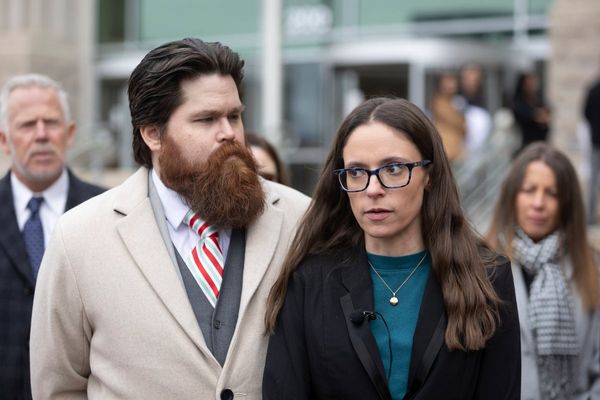In healthcare settings, where the primary goal is to improve and protect public health, the proper handling of biohazard waste is paramount. Biohazard waste, which includes any materials contaminated with potentially infectious agents, poses serious health risks to medical staff, patients, and the broader community if not managed correctly. For this reason, every healthcare facility needs a comprehensive biohazard waste management plan to ensure safety, compliance, and environmental responsibility.
What is Biohazard Waste?
Biohazard waste, also known as biomedical or infectious waste, encompasses a wide range of materials generated in healthcare facilities. Examples include:
- Contaminated sharps such as needles and scalpels
- Used gloves, masks, and other personal protective equipment (PPE)
- Blood-soaked bandages and other body-fluid-contaminated materials
- Laboratory specimens and culture dishes
- Pathological waste, including human tissues and organs
Improper disposal of these materials can lead to the spread of diseases, environmental pollution, and legal repercussions, making it essential for healthcare facilities to have a robust waste management system in place.
Key Reasons for a Biohazard Waste Management Plan
A well-structured biohazard waste management plan is more than a regulatory requirement; it is a cornerstone of healthcare facility operations. Here’s why it is indispensable:
1. Protecting Public Health
The primary purpose of a biohazard waste management plan is to safeguard public health. Infectious waste can harbor dangerous pathogens such as bacteria, viruses, and other microorganisms capable of causing severe diseases. Proper disposal protocols ensure that these pathogens are contained and neutralized, reducing the risk of exposure for healthcare workers, patients, and the community.
2. Ensuring Employee Safety
Healthcare workers are at the front line of biohazard waste exposure. From handling contaminated materials to disposing of sharps, the risks are significant. A management plan includes training, protective equipment, and clearly defined procedures to minimize injuries and infections among staff. For instance, designated sharps containers reduce the risk of accidental needlestick injuries.
3. Maintaining Regulatory Compliance
Governments and regulatory bodies have established stringent guidelines for managing biohazard waste. Failure to comply can result in hefty fines, legal actions, and reputational damage. A waste management plan ensures that healthcare facilities meet these requirements, including proper segregation, labeling, transportation, and disposal of hazardous materials.
4. Preventing Environmental Contamination
Improperly disposed biohazard waste can have devastating effects on the environment. Pathogens can contaminate water supplies, and chemicals from medical waste can pollute soil and air. By following environmentally responsible disposal methods, such as autoclaving, incineration, or chemical treatment, healthcare facilities can mitigate their environmental impact.
5. Enhancing Operational Efficiency
A structured waste management plan streamlines the handling and disposal process, making it more efficient. With designated procedures and trained personnel, facilities can avoid costly errors and reduce waste volume through proper segregation and recycling initiatives.
Components of an Effective Biohazard Waste Management Plan
Creating and implementing a biohazard waste management plan involves several key components:
- Waste Segregation
- Categorize waste at the point of generation into appropriate containers (e.g., sharps, infectious waste, non-hazardous waste).
- Use color-coded bins and labels to simplify segregation.
- Training and Education
- Provide regular training for all staff on identifying, handling, and disposing of biohazard waste.
- Ensure employees understand the risks and the importance of adhering to protocols.
- Proper Containment
- Use leak-proof, puncture-resistant containers for sharps and other hazardous materials.
- Seal and label waste appropriately to prevent accidental exposure during transportation.
- Safe Transportation
- Partner with licensed waste disposal companies to ensure biohazard waste is transported safely to treatment facilities.
- Follow local and international regulations for transportation and documentation.
- Treatment and Disposal
- Use approved methods such as autoclaving, incineration, or chemical disinfection to neutralize waste.
- Explore sustainable practices, such as recycling non-infectious components where possible.
- Regular Audits and Monitoring
- Conduct periodic reviews to ensure compliance with regulations and identify areas for improvement.
- Monitor waste management practices to address inefficiencies and adapt to new standards.
Consequences of Neglecting Biohazard Waste Management
Healthcare facilities that fail to implement a biohazard waste management plan face severe consequences:
- Health Risks: Increased potential for disease outbreaks due to improper containment of pathogens.
- Environmental Damage: Pollution from untreated waste can harm ecosystems and communities.
- Legal and Financial Penalties: Non-compliance with regulations can lead to significant fines and operational shutdowns.
- Reputation Loss: Mishandling biohazard waste can tarnish a facility’s reputation, eroding trust among patients and stakeholders.
Conclusion
A biohazard waste management plan is a critical component of any healthcare facility’s operations. It protects public health, ensures staff safety, complies with legal requirements, and minimizes environmental impact. By investing in proper training, infrastructure, and partnerships with licensed waste disposal companies, healthcare facilities can effectively manage their biohazard waste. In an industry dedicated to saving lives, a commitment to safe and responsible waste disposal is not just essential—it’s non-negotiable.







